Hokkaido Dwarf Chinese Elm Bonsai Tree – 2.5″ Pot for Fairy Garden & Miniature Décor
Original price was: $29.98.$14.98Current price is: $14.98.
The Hokkaido Dwarf Chinese Elm is perfect for bonsai, fairy gardens, and miniature landscapes. Features knobby bark and slow growth. Ideal for zones 6-10. Starter plant in 2.5″ pot.
Out of stock
Estimated arrival
Dec 06
Dec 11 - Dec 13
Dec 16 - Dec 20
Reasonable Price
We offer reasonable price
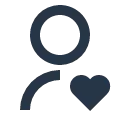
Support 24/7
Contact us 24 hrs a day

100% Money Back
You've 30 days to Return

Payment Secure
100% secure payment
Hokkaido Dwarf Chinese Elm Bonsai Tree
The Hokkaido Dwarf Chinese Elm (Ulmus parvifolia) is a fascinating miniature tree known for its distinct knobby bark and natural compact growth. It’s a popular addition to bonsai collections, fairy gardens, and miniature landscapes. With a mature size of just 6 inches in height and 5 inches in width, this dwarf Chinese elm tree grows only an inch or two annually, giving it the appearance of age and maturity that enthusiasts highly value. This makes it an excellent choice for both beginners and experienced bonsai artists.
This hardy plant, suitable for USDA Zones 6-10, thrives in moist, well-drained soil and prefers full to partial sunlight. During winter dormancy, it’s best to keep the plant in cool conditions below 40°F but above freezing. Proper pruning promotes denser foliage, enhancing its charm as a bonsai or indoor plant. The Hokkaido Dwarf Chinese Elm is relatively low maintenance once established, making it a great choice for busy gardeners.
Because of its corky bark and compact trunk, the Hokkaido Dwarf Chinese Elm fits seamlessly into small gardens, railroad landscapes, and as a decorative houseplant. Its resilience makes it a delightful choice for anyone looking to start a bonsai project or add greenery to small spaces. This starter plant comes in a 2.5″ pot and will enter dormancy during winter. Consider using a well-draining bonsai soil mix for optimal growth.
Benefits:
- Versatile Plant: Ideal for bonsai enthusiasts, fairy gardens, and miniature landscapes.
- Low Maintenance: Slow-growing tree that requires minimal care once established.
- Decorative Appeal: Knobby bark and compact trunk create an aged, artistic look, perfect for railroad gardens and indoor use.
- Winter Dormancy: The plant adapts well to seasonal changes, enhancing its resilience.
- Compact Size: Fits easily in small spaces, making it perfect for apartment living or indoor décor.
FAQs
- Is this plant suitable for beginners in bonsai?
Yes, the Hokkaido Dwarf Chinese Elm is an excellent choice for beginners. Its slow growth makes it easier to manage, and regular pruning encourages fuller foliage. - What care does the plant need during winter?
Keep it cool, ideally below 40°F but above freezing, to allow the plant to go dormant. Avoid overwatering during this period. - Can this plant be grown indoors?
Yes, it thrives indoors with proper light and care. Place it in a spot with partial sun exposure, and ensure the soil remains moist but well-drained. - How often should I water the plant?
Water regularly, but avoid letting the soil stay soggy. During winter dormancy, reduce watering to prevent root rot. - Does it require special soil?
A well-draining bonsai soil mix or loamy soil works best. Avoid heavy or compact soils that retain too much moisture. - How big will the bonsai pot need to be as the plant grows?
Start with a slightly larger pot, perhaps 4-5 inches, and repot every 2-3 years as needed to accommodate root growth. - What type of fertilizer is best for this elm?
Use a balanced liquid fertilizer diluted to half strength during the growing season (spring and summer). - How much sunlight does it need if kept indoors?
Aim for at least 4-6 hours of indirect sunlight daily. A south-facing window is often ideal. - What are the common problems with this plant and how to solve them?
Overwatering can lead to root rot, while underwatering can cause leaf drop. Adjust your watering schedule accordingly and ensure good drainage. - How often should I prune the Hokkaido Dwarf Chinese Elm Bonsai Tree?
Regular pruning is recommended during the growing season to maintain its shape and encourage denser foliage. Prune new growth back to 2-3 leaves.
Be the first to review “Hokkaido Dwarf Chinese Elm Bonsai Tree – 2.5″ Pot for Fairy Garden & Miniature Décor”
-
USDA Hardiness Zone
6-10 -
Soil Type
Moist but well-draining soil -
Sunlight Exposure
Full to partial sun -
Expected Planting Period
Spring or fall, avoid intense summer heat

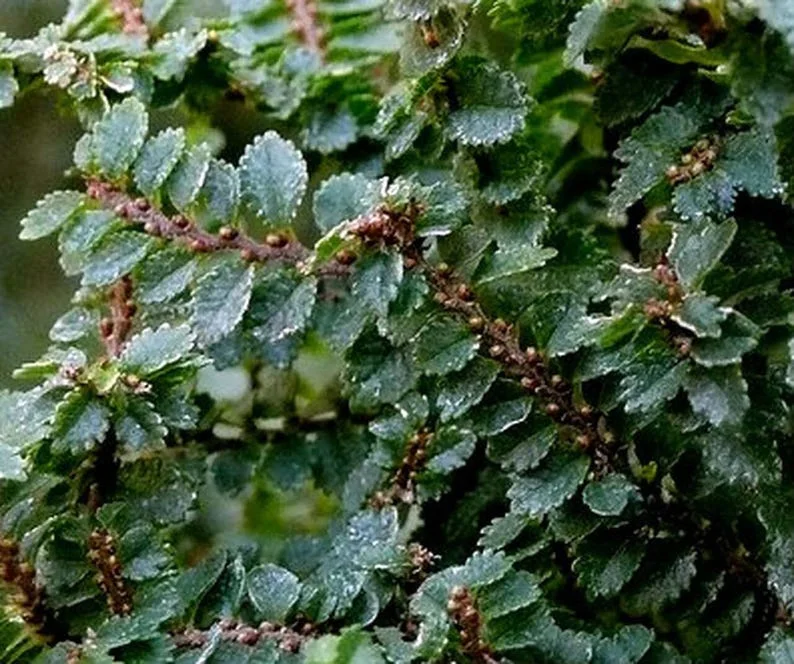
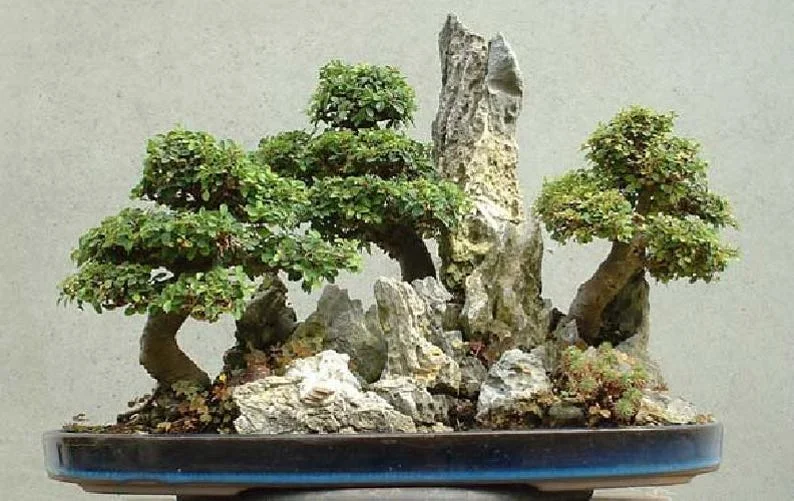
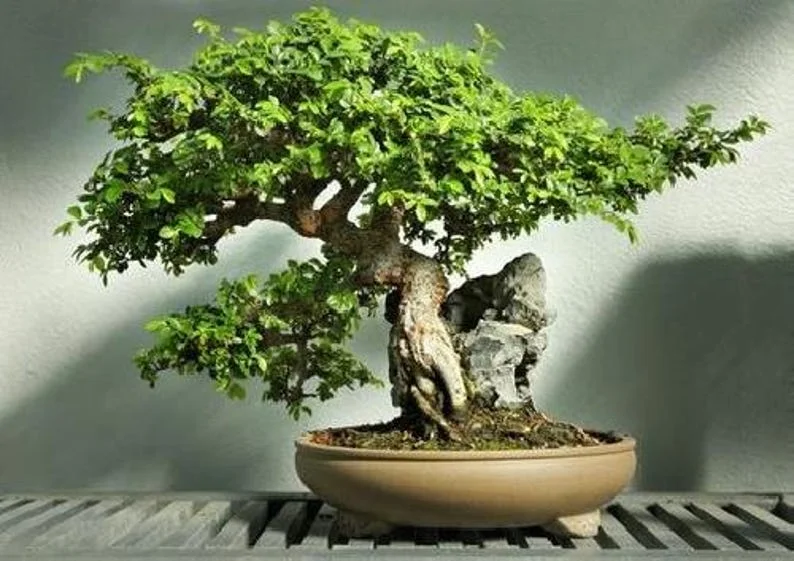
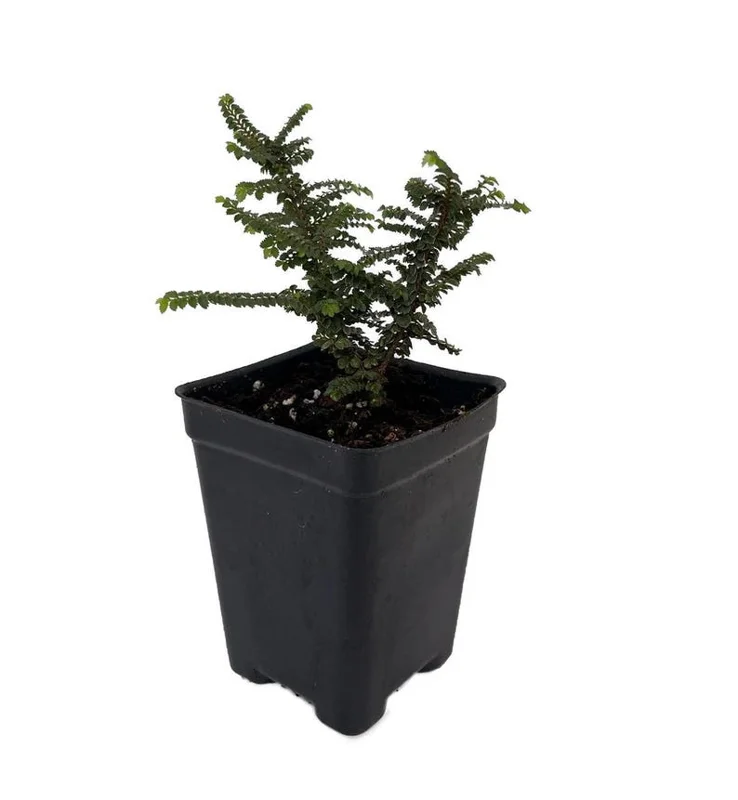
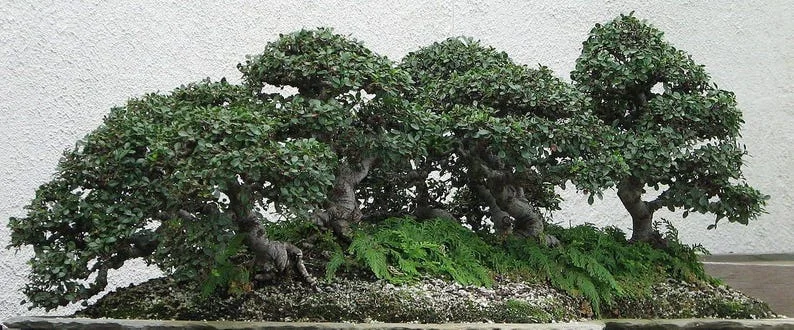
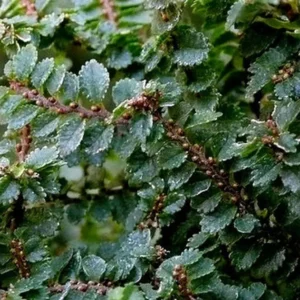
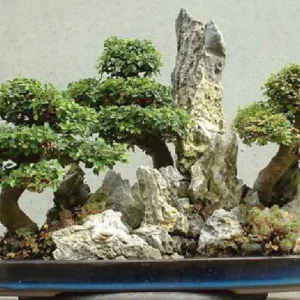

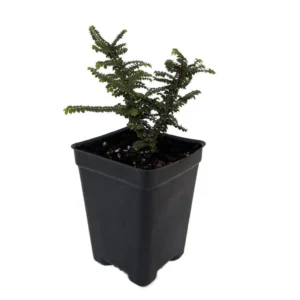
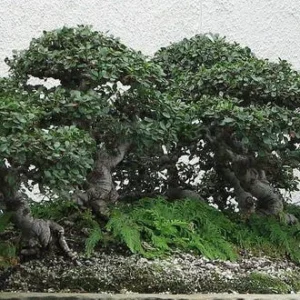

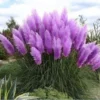
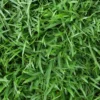
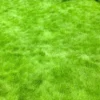
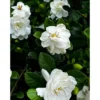
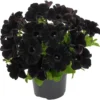
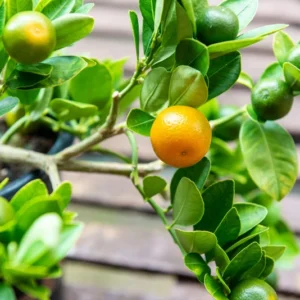
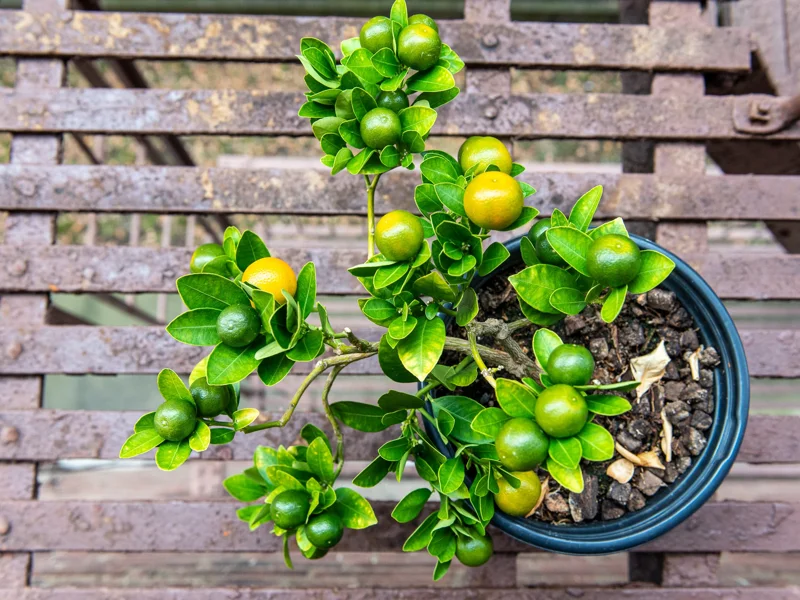
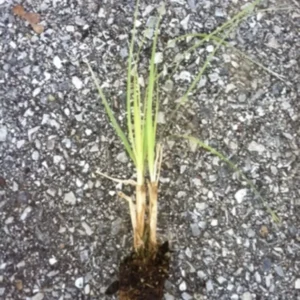
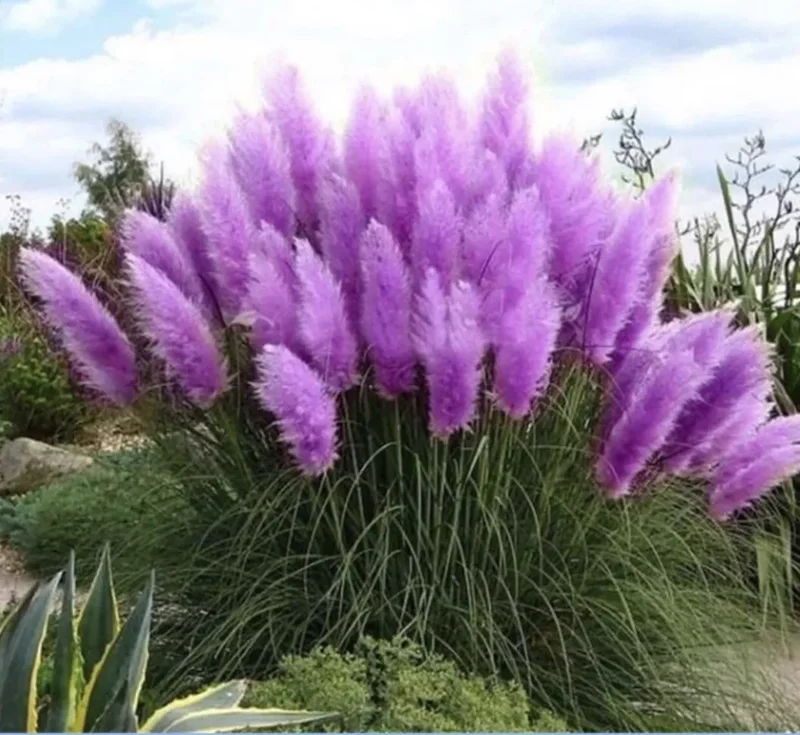
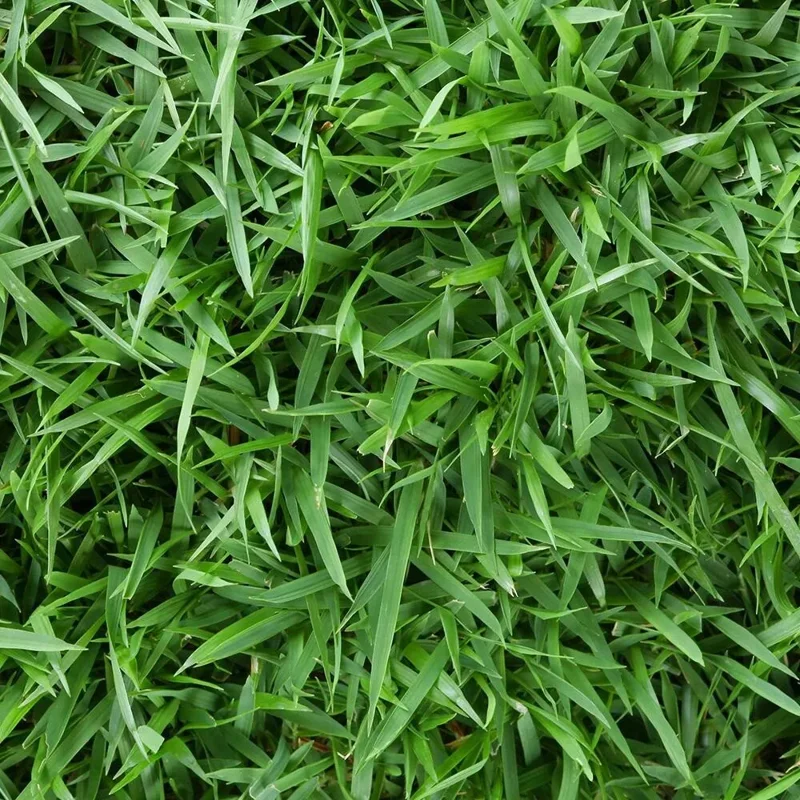
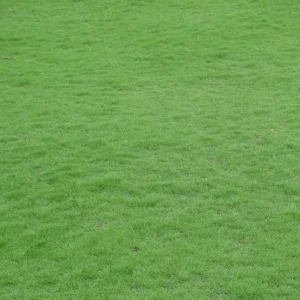
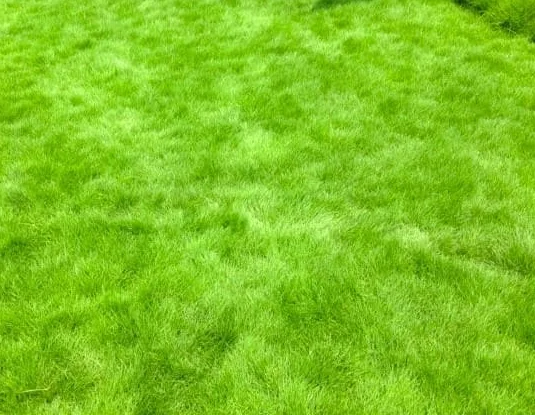

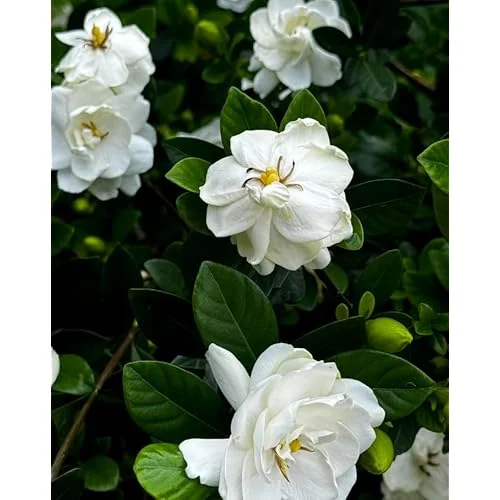
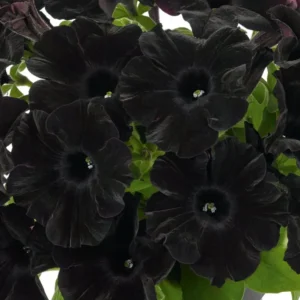
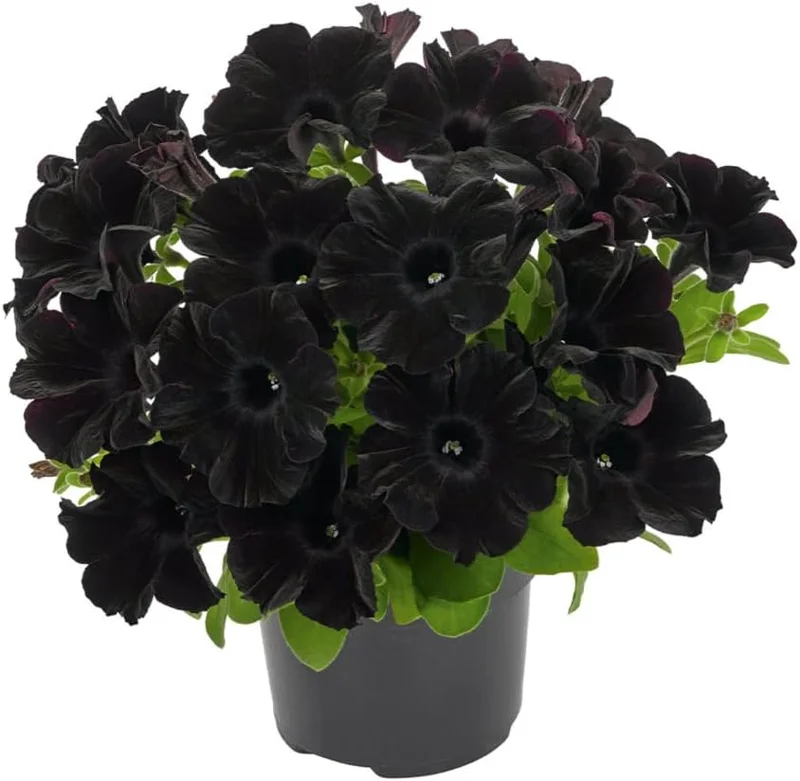
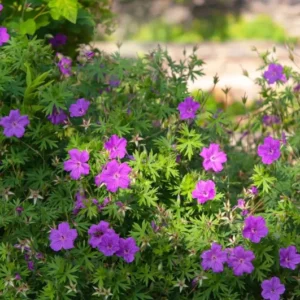
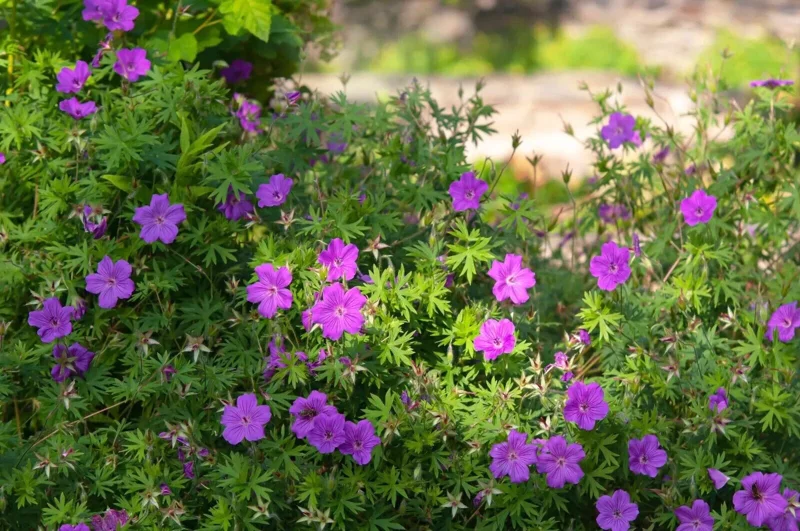
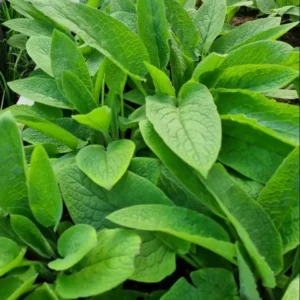
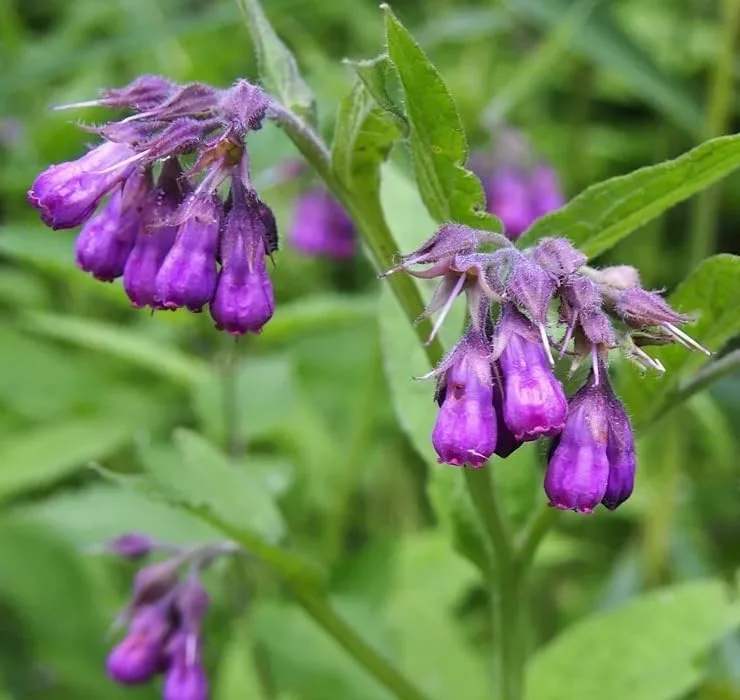
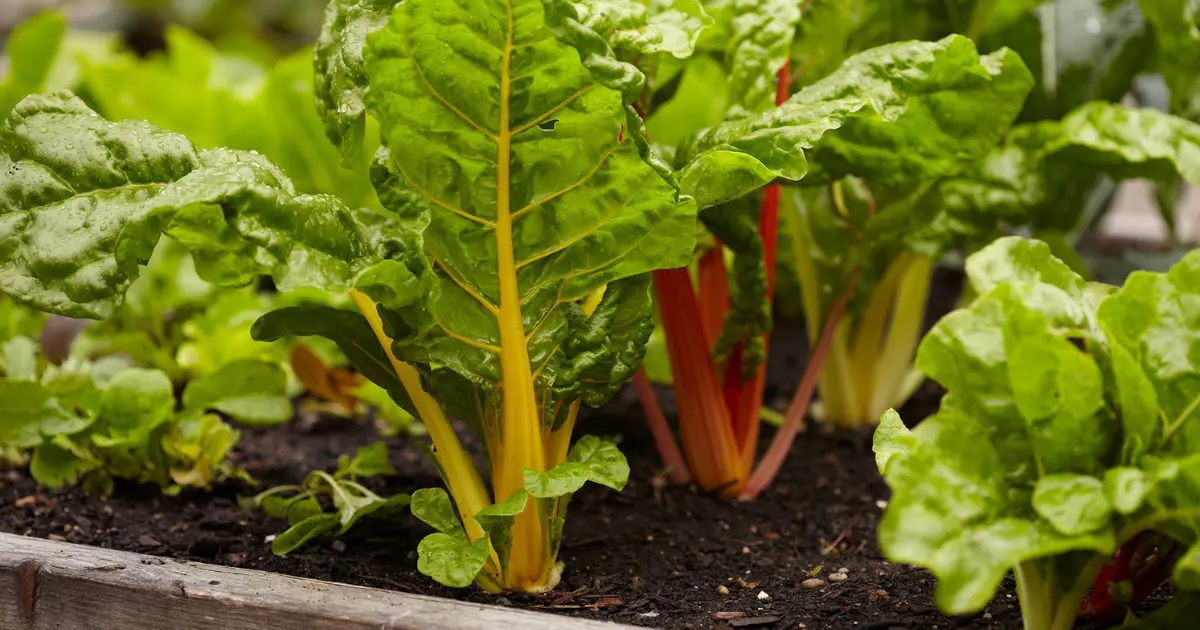
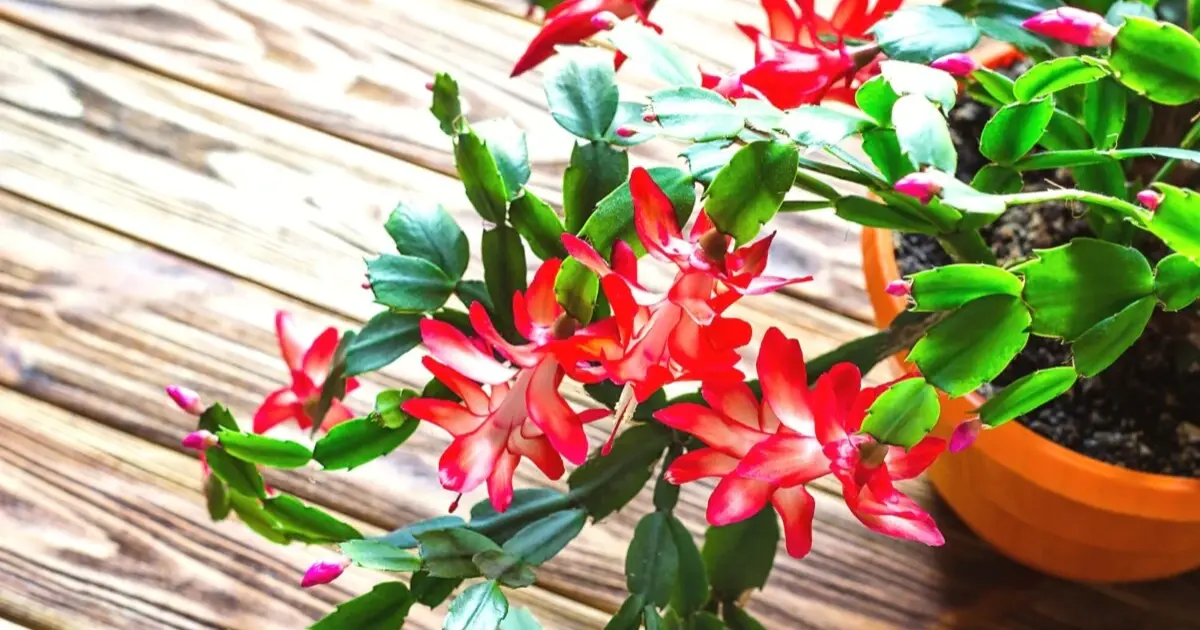
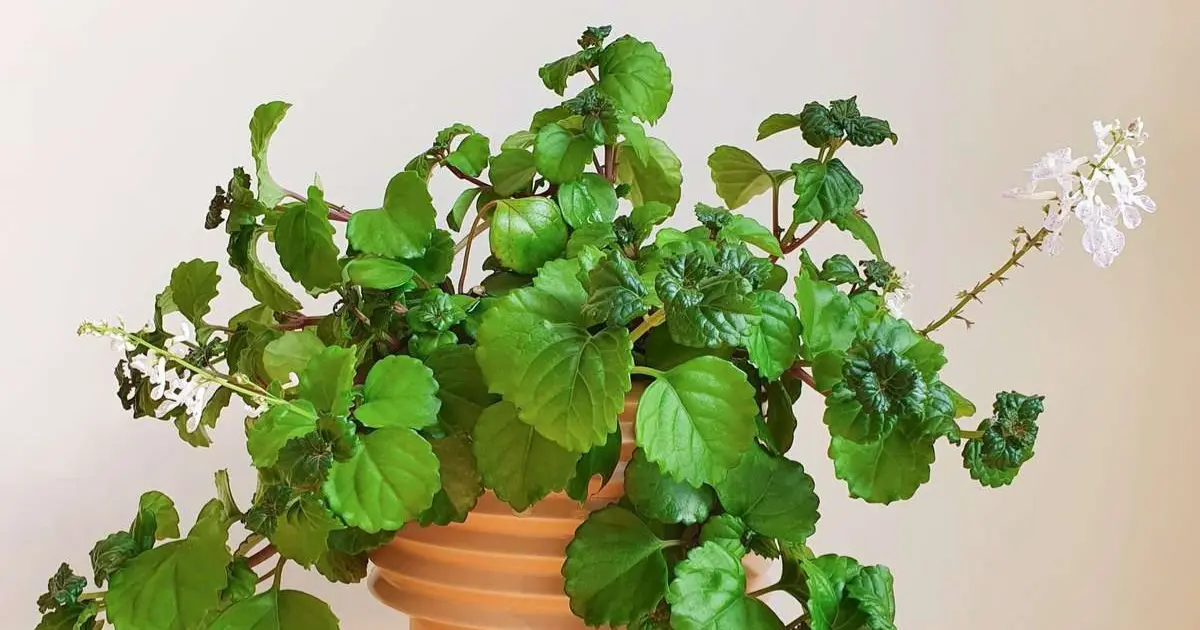
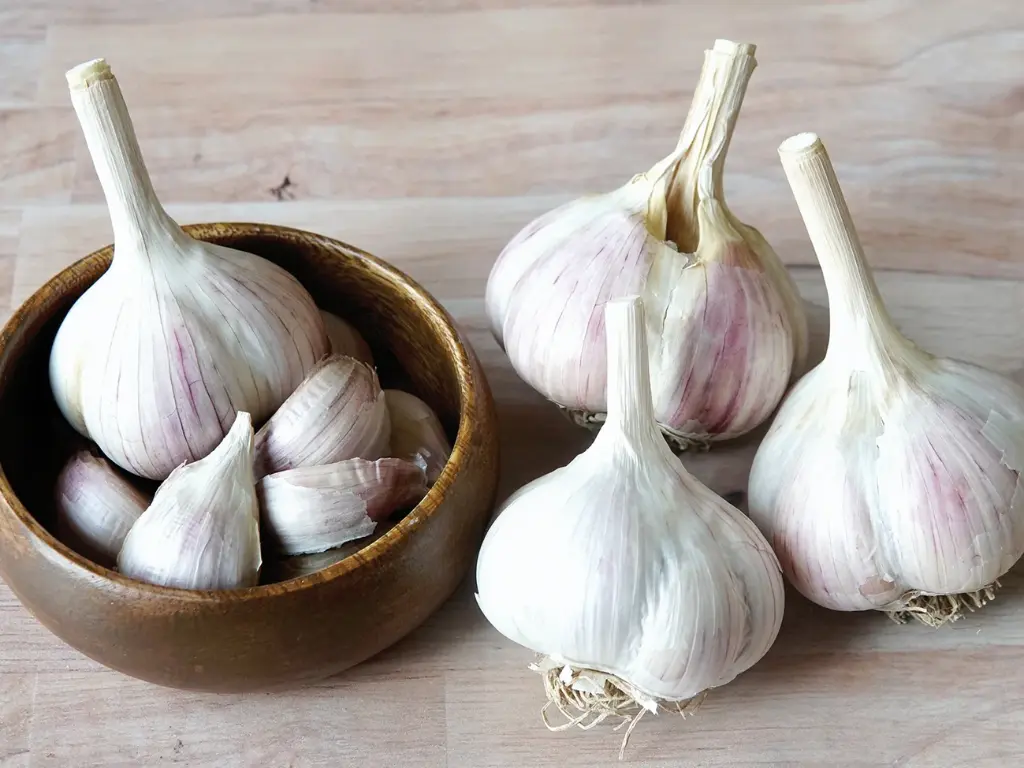
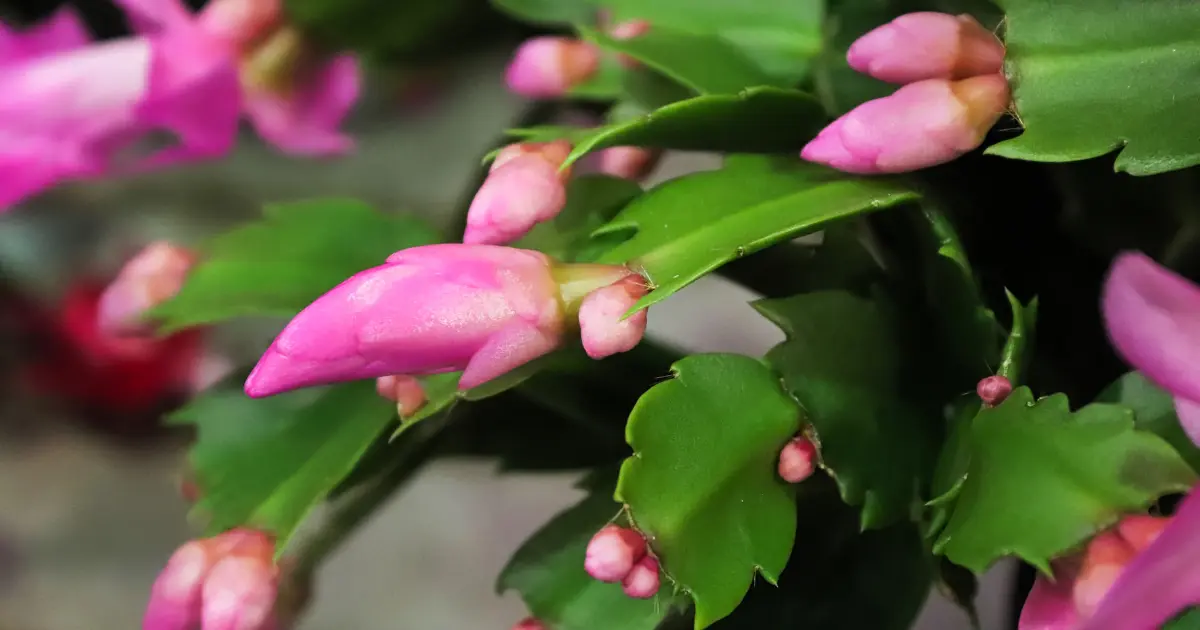

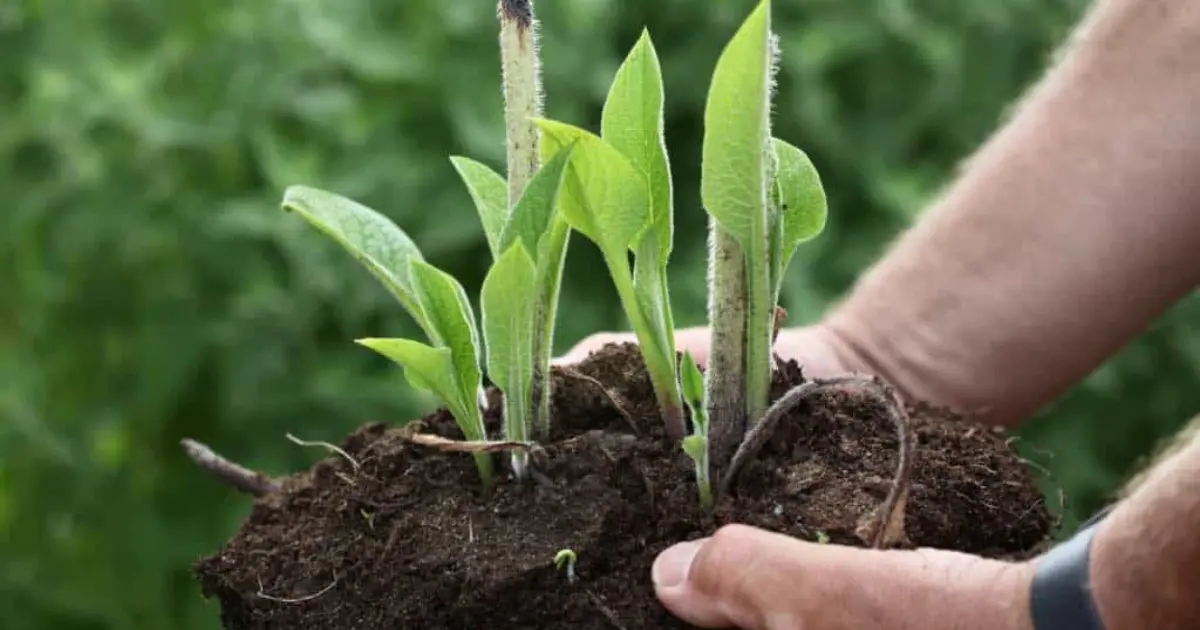
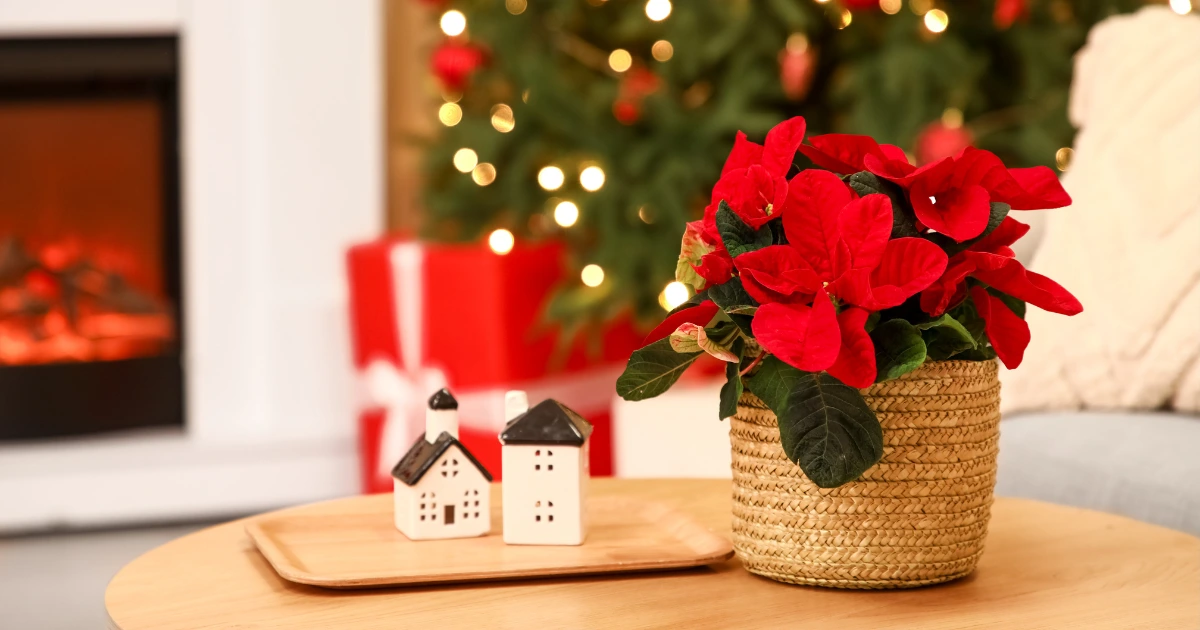



Reviews
There are no reviews yet.